Metropolis near me
Women's Health: 6 Common Issues & Diseases Every Woman Should Know
Although women and men share several similar chronic health problems, women have their own unique health issues, which deserve special consideration. Due to the chaos of a woman’s daily life, healthy living may take a back seat. It is vital that every woman has access to knowledge about the spectrum of women's health conditions, not only about her reproductive system, but related to all aspects of her body. Their awareness can promote healthy lifestyle practices, which in turn are the best way to avoid disease, prolong life, and improve quality of life. Here are six common health issues that affect millions of women each year Menstruation problems It is very common for women to have issues with periods, including heavy, scant, missed or irregular periods. Period cramps remain to be another health issue among women. In general, heavy menstrual bleeding is the menstrual blood loss of more than 80 ml or periods lasting more than seven days. It has been estimated that about 9 to 14 out of 100 women get heavy periods.1 Heavy menstruation problems can interfere with daily life and even result in iron deficiency anaemia in severe cases. Talk to your doctor, if you have heavy menstrual bleeding to rule out the underlying cause. Another problem women faces with periods is pre-menstruation syndrome (PMS), which affects 47.8% of reproductive age women worldwide.2 The common symptoms of PMS include changes in appetite, weight gain, abdominal pain, back pain, headache, swelling of the breasts, nausea, constipation, anxiety, mood swings, etc. These symptoms occur within a few days of the start of menstruation. Besides the above mentioned issues, a rising concern of today’s woman is polycystic ovarian syndrome (PCOS), a common metabolic and endocrine disorder of reproductive age. Women with PCOS may have infrequent menstrual periods or excess male hormone (androgen) levels. This disorder is getting prevalent in India that accounts to 3.7 to 22.5% of females.3 Women affected with PCOS are at increased risk of obesity, type II diabetes mellitus, heart disease, infertility, and acne. Book a full body test and be assured of your health. Fertility issues Latest report revealed that the fertility rate of Indians has come down by more than 50% from 4.97 to 2.3, it will be further reduced to 2.1 during 2025 to 30, and 1.86 from 2045 to 50 and 1.78 from 2095 to 100. Currently, the infertility rate is 10 to 14% which is higher in urban areas where 1 out of 6 couples is affected.4 Various causes responsible for infertility in women are PCOS, contraception complications, abortion infections, STDs, post-partum infections, pelvic inflammatory diseases, etc. Lifestyle problems such as smoking, alcohol, consuming processed food, physical and emotional stress can also play a significant role in infertility. The problem of infertility can be treated with the help of an expert depending on the underlying cause. There are certain hormone tests, such as FSH test, that your doctor might suggest to get a sneak peek into your condition. Thyroid problems Thyroid disease is twice as prevalent in women as in men and is common among women of child-bearing age (18-35 years).5 Women generally have hypothyroidism (low thyroid hormone levels), in which the metabolism slows down. Symptoms include weight gain, feeling sluggish and tired, etc. On the other side, high thyroid levels can also cause early onset of menopause, before 40 years or in the early 40s. Besides, pregnancy can raise the level of thyroid hormones in the blood and almost 5% to 10% of women suffer from postpartum thyroiditis, which occurs within 1 year after giving birth.6 Get your thyroid hormones tested and stay in the know. Breast cancer Breast cancer is the second important cause of cancer deaths among women. The latest global figures show that around half a million women die from breast cancer each year.8 Various risk factors involved are increasing age, family history, early onset of periods or menopause after 55 years, obesity, etc. Keep yourself educated regarding breast cancer self-examination. Breast cancer is the second important cause of cancer deaths among women. The latest global figures show that around half a million women die from breast cancer each year.8 Various risk factors involved are increasing age, family history, early onset of periods or menopause after 55 years, obesity, etc. Keep yourself educated regarding breast cancer self-examination. Sexual health and bladder issues Women should be concerned about their sexual as well as bladder health as they rapidly get affected by both sexually transmitted diseases (STDs) and urinary tract infections. It has been observed that the effect of a STD is more severe on women than on men. Although STDs often go untreated in women as symptoms are less noticeable or have higher chances of getting misdiagnosed with another condition, they have serious implications such as infertility in women. Apart from sexual health, women should take care of their personal hygiene. Women have a shorter urethra, which enables the bacteria to travel a smaller distance before they reach to the bladder and start an infection. Hence, urinary tract problems, including infections and incontinence, are more common in women. It is advisable to not hesitate and talk to your healthcare professional. Depression Emerging evidence suggests that women are more prone to experience anxiety, and depression in contrast to men. According to WHO, depression is the most common mental health problem for women and suicide a leading cause of death for women under 60.7 Depression can last for more than a couple of weeks and interferes with your daily life. Hormonal fluctuations can trigger the condition, especially after pregnancy or around menopause. Other risk factors include family history, marital problems, chronic illness, stressful life event, physical or sexual abuse, etc. Although the majority of people need treatment, few measures such as exercise, spending time with people you trust can also help. Takeaway Taking care of your health and your body is of highest importance. Aim to keep a healthy weight, eat a balanced diet, get plenty of exercise, practice stress management, and see your doctor regularly.
7 Scientific Tips for Aging Gracefully
The population of the world, as a whole, is living longer. It is thus essential to implement proactive steps to create changes at both individual and environmental levels, which can promote aging in a better way. The concept of aging well is a fundamental requirement to improve health and well-being in order to enhance length and quality of life. Aging well highlights the importance of maintaining a healthy lifestyle and keeping wellness on priority while growing older. Here are 7 scientific tips that can help you age gracefully: Keeping physically active It has been observed that poor health in old age is mainly caused due to the effects of multiple lifestyle choices, such as physical inactivity, poor diet, and smoking. Regular exercising lowers the risk of several diseases such as cardiovascular disease, diabetes, etc. Several studies also suggest that aerobic exercises may improve the symptoms of Alzheimer disease. Moreover, certain evidence have demonstrated the beneficial effect of physical activity on aging at cellular levels, causing an increase in energy, flexibility and overall sense of well-being. Various types of physical activity that can be done are: Simple exercises such as walking, jogging, yoga, weight lifting or a dance class possess multiple benefits as they can control weight, uplift mood, and makes you sleep better A 30 minute-walk every day, it can also be broken into shorter strolls It has been recommended that an adult should do 2½ - 5 hours per week of moderate-intensity exercise, 1 ¼ - 2 ½ hours per week of vigorous-intensity aerobic exercises, or a combination of these two. If you haven’t been exercising, discuss with your doctor about how you can get started gradually. Eating a balanced diet Diet is shown to play an active part in how well you age. Nutritious diet helps in keeping an individual mentally sharp and gives energy to enjoy day-to-day activities. Eating a balanced diet not only helps you age well, but also prevent oneself against various diseases such as heart diseases, diabetes, etc. Numerous studies have shown that chronic illnesses, particularly auto-immune diseases such as fibromyalgia and arthritis, can be associated with our diet, hence, a diet rich in anti-inflammatory components such as fresh fruits and vegetables is recommended. In addition, avoiding processed food with a higher glycemic index can raise your BMI, increase your waistline, and raise your blood sugar. Enough vitamin D level is essential as it helps contribute to bone health as you age. Salt should be kept to minimum to prevent high blood pressure. The recommended diet for aging well should include the following: Fruits and vegetables Whole-grain cereals, breads, rice, or pasta Lean protein, such as fish and beans Low-fat or fat-free dairy, such as milk, yogurt or cheese that contain vitamin D Focusing on mental health Mental health is very crucial as happiness with less stress levels can help a person age gracefully and liver longer and healthier. Various tips for improving your mental health includes: One should practice the habit of staying optimistic. Keeping a positive outlook can cure stress associated with life problems. One should stay connected as loneliness is harmful for your mental health. A lonelier individual has higher levels of stress hormones that cause inflammation, linked to disorders like arthritis. Meaningful relationships and a strong social network enhance both mental and physical well-being and longevity. Learn to embrace different aspects of life with a positive attitude. Find new hobbies as exploring new and meaningful things can provide a sense of purpose and keep your anxiety levels to minimum. Keep yourself busy to lessen stress about things you can’t control. Getting enough sleep The sleeping habit of an adult in this era has been greatly affected by changed lifestyle and work pressure. This sleep-deprived state in turn, leads to fatigue and premature aging of body cells. It has been observed that insomnia is more common in older adults. Thus, sticking to a sleeping schedule is important as it can keep a body in sync for appropriate sleep. For an uninterrupted sleep: Keep the room a little cooler and dark Avoid caffeine or alcohol in the evening Avoid electronics before bedtime which emit blue light. Usually sleeping hours are majorly dependent on your age, an 8-hours sleep is recommended for an adult for better mental and physical health. It has been reported that our skin cells build and repair themselves during sleep, and that’s why we feel renewed and rejuvenated. Beneficial effects of appropriate sleep include: Reducing stress and anxiety Lowering the risk of heart disease and stroke Reducing the risk of obesity Improving focus and concentration. Restricting smoking and alcohol consumption Smoking and alcohol, both have shown many negative effects on the process of aging. Cigarettes, chewing tobacco, and other products with nicotine can cause ailments like heart disease, cancer, lung and gum disease, etc. Similarly, limit your alcohol consumption to avoid risk of health diseases including liver ailments. Quitting smoking isn’t easy, but there are resources that can help you quit. Seek the help of a healthcare professional. It has been reported that your body begins to heal within 20 minutes of your last cigarette. Scheduling health tests on time As you age, your body organs also age. The aging body organs are more prone to get diseased and less likely to repair themselves. By getting your health tests done regularly, you are keeping an eye on the aging body. This helps to identify any health condition at an early stage, and take action. Ensure to get a full body check up done twice a year. Maintain hydration Hydration is vital to our bodies as drinking water regularly helps in releasing out toxins and aids in digestion. Additionally, it aids in sleeping better, and improves focus and weight loss. Adequate water intake can also help you avoid dry, flaky skin and fine lines, which in turn, can help your skin look younger.
Effective Back Pain Relief: 7 Exercises and Stretches for a Healthier Back
Modern technology has blessed us with plenty of benefits and conveniences, but with one major drawback: our fondness for prolonged sitting. Many of us sit for more than nine hours a day, seven days a week. Experts are now convinced that sitting for long stretches can affect our health in the long run and have linked too much sitting to several ailments such as back pain, increased stress of the upper and lower back, neck, arms and shoulders. With the work from home scenario, prolonged sitting in a hunched over position can put greater strain on the back muscles and spinal discs, the fluid-filled cushions that protect the vertebrae from rubbing against each other and act as the shock absorber for your spine. However, you can save your back from the pain by finding simple ways to incorporate health and fitness into everyday work life. It doesn’t have to take a lot of efforts to track and take better care of your health on the job. Book a complete health check-up in no time. Working from home and feeling that restricted movement is harming your back? Including stretching exercises into your daily routine can help relieve back pain and improve your posture and flexibility. 7 simple stretches to relieve back pain Stretching, improving hip flexibility and core stability can help reduce the symptoms of lower back pain. To help you get started, we have put together this list of 7 simple yet effective work-friendly stretching exercises that will counter the effects of sitting all day. Bridge exercise Rest comfortably on your back with your knees bent and your feet flat on the floor. Keeping your shoulders and head pressed against the floor and relaxed, tighten your abdominal and gluteal muscles. Keeping your arms by your side and your core engaged, raise your hips towards the ceiling to form a straight line from your knees to your shoulders, with your chest off the ground. Try to hold the position long enough to complete 3-4 deep breaths. Return to the starting position. Do five repetitions and gradually work up to 20. Do not try to hold your breath as you perform this exercise. Knee-to-chest stretch Lie on your back with your heels flat on the floor. Using both hands, pull up one knee and press it to your chest while keeping the other leg bent or extended straight out along the floor. Feel the tight stretch down the back of your leg and the gluteus muscles. Tighten your abdominals and press your spine all the way down to your tailbone and avoid lifting your hips. Hold for 15-20 seconds. Return to the starting position, switch legs and repeat the same thing. Next, return to the starting position and then repeat with both legs at the same time, preferably 2-3 times. To take it a notch higher, tuck your chin into your chest and lift your head up toward your knee. Back twist For occasions, when you’re unable to get away from your work area, doing a back twist could be a good alternative. Sit comfortably in your chair and place your right arm behind your right hip. Twist to your right and hold for 10 seconds, then repeat on the other side. Do this 4-5 times in both the directions. This is a natural stretch that you can do when your body is feeling a bit stiff and tired. Your bones and muscles need Vitamin D for optimal functioning. Sure your body has enough of it? Book a Vitamin D test now. Prayer Stretch or Child’s pose Sit back on your heels while tucking legs underneath your thighs and bend forward at the waist, extending arms out over the head onto the ground, making sure your lower back muscles are stretched completely and your hips are resting on the heels. Rest your belly on your thighs. Hold for 30-60 seconds and slowly bring yourself back to the start. Breathe deeply, releasing any tension or tightness. Repeat 3-5 times to help relieve back pain and strengthen your muscles. Feeling better now? You can do this pose several times during the day, and also between each stretch. Lower-Abs lifts Simply, sit straight up, with your knees bent and feet flat on the floor. Lift one leg up at a 90 degree angle, keeping the core tight. After doing 7-8 reps, switch to the other leg. And then try lifting both up at the same time. Alternatively, extend your right leg out in front of you until it’s straight and parallel with the floor. Hold the pose for 10 seconds, release, and repeat with your left leg. You can make it more challenging by positioning both your hands parallel to the floor, in a straight-back position. Spinal Twist Keeping seated with your knees in line with one another flat on the floor, place your right hand on your left knee and twist your entire upper body to the left, looking behind your shoulder. You can place your hands on the chair handle to help deepen the stretching exercise. Take a few deep breaths, and then twist back and repeat on the other side. Hold on for 20-30 seconds and as far as you comfortably can. This stretch keeps your spine flexible, and is also beneficial to your lower back. Hip-Flexor stretching exercise To begin with, place one foot on top of your chair, shift slightly forward onto your straight leg, bringing your back hip forward as well. Feel the stretch on your hip flexor of that back leg. Make sure your lower back is straight throughout; if not activate your core by pulling your torso back towards your spine. Remain in this pose for 10-15 seconds and then switch sides before you repeat. When to seek Medical Care for lower back pain While not common, certain back pain symptoms can signal a serious underlying medical condition. If your lower back pain interferes with daily life activities, it’s advisable to seek medical attention to obtain an accurate diagnosis. Your health numbers can give a fair enough idea to your healthcare provider what might be causing your back pain. Book a full body check-up now. Apart from these, a diagnostic imaging scan including X-ray, CT scan, and MRI can provide more insights and may be indicated if you have acute pain, not relieved within two or three months or one that does not get better with nonsurgical treatments. You can now save tax on the Preventive health check-ups up to Rs. 5000, under section 80D of Income Tax Act, 1961. Ready to relieve back pain at home? You use your lower back for several important things, from walking and running to simply getting out of bed in the morning, which makes it essential to keep it in good working order with regular stretching. While some mild discomfort and pain can be expected anytime you start a new workout, as you work your way back to better health and your muscles strengthen, that pain and discomfort should disappear.
 Home Visit
Home Visit Upload
Upload




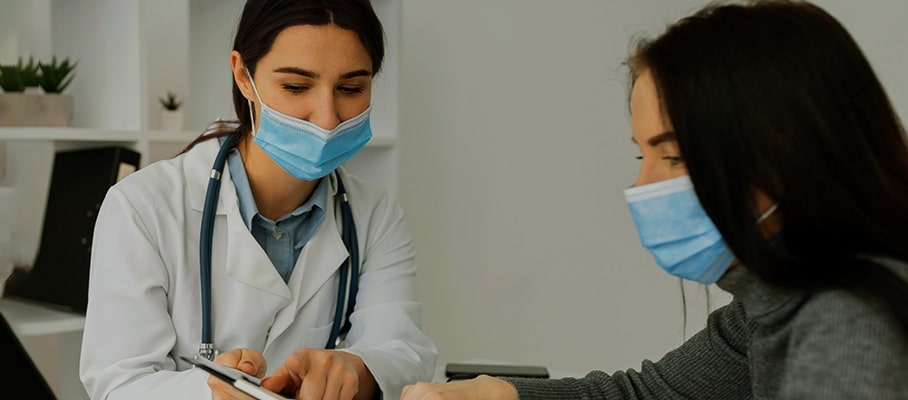
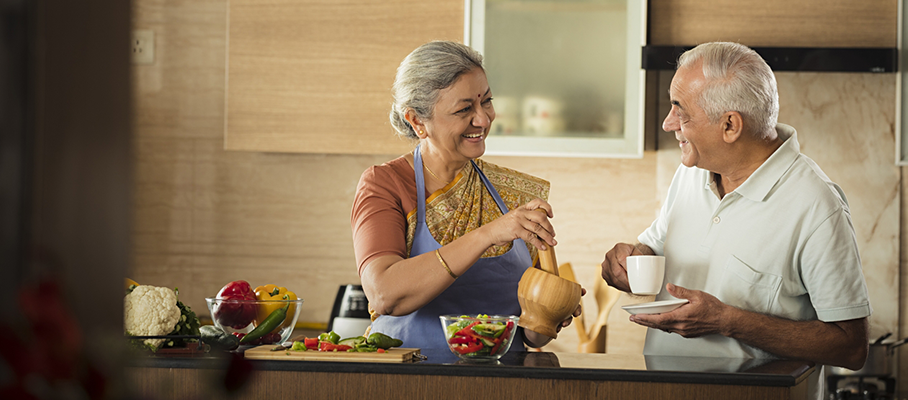
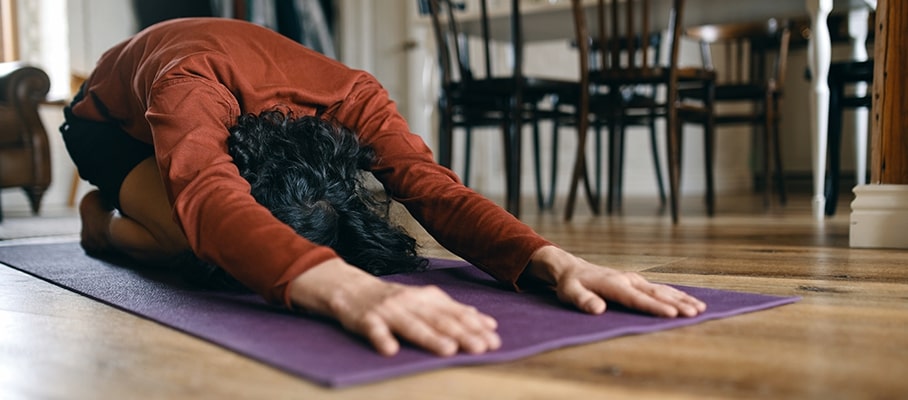






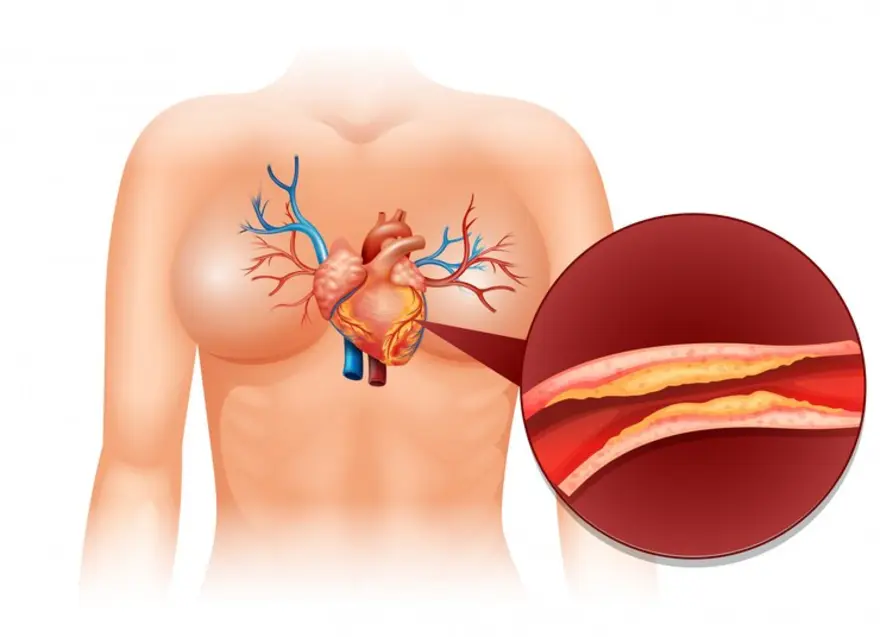
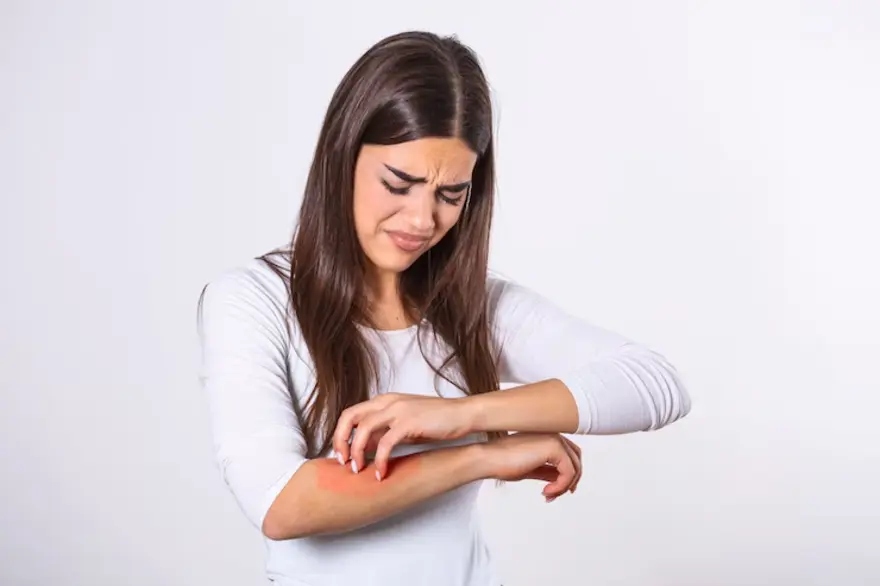
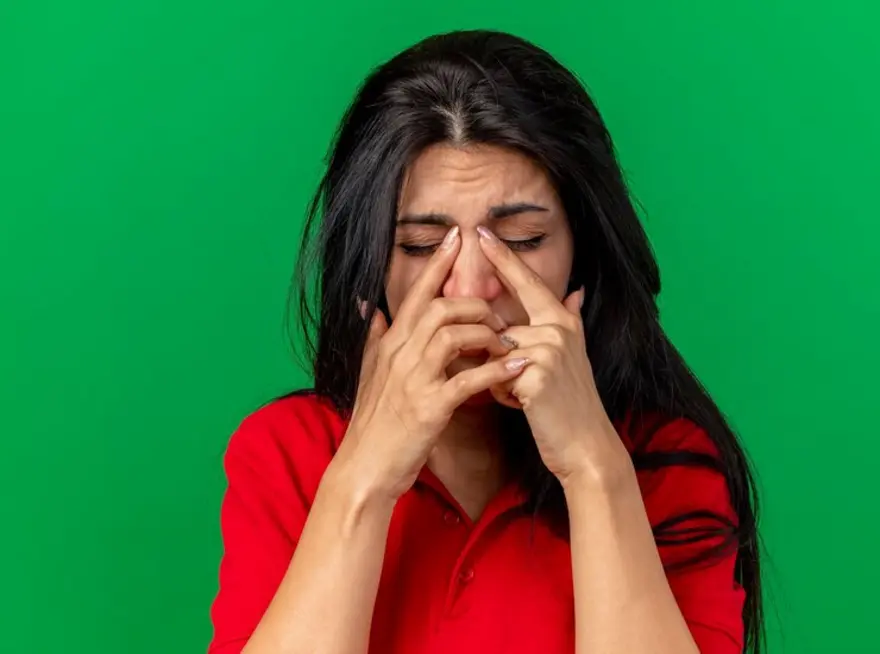

 WhatsApp
WhatsApp